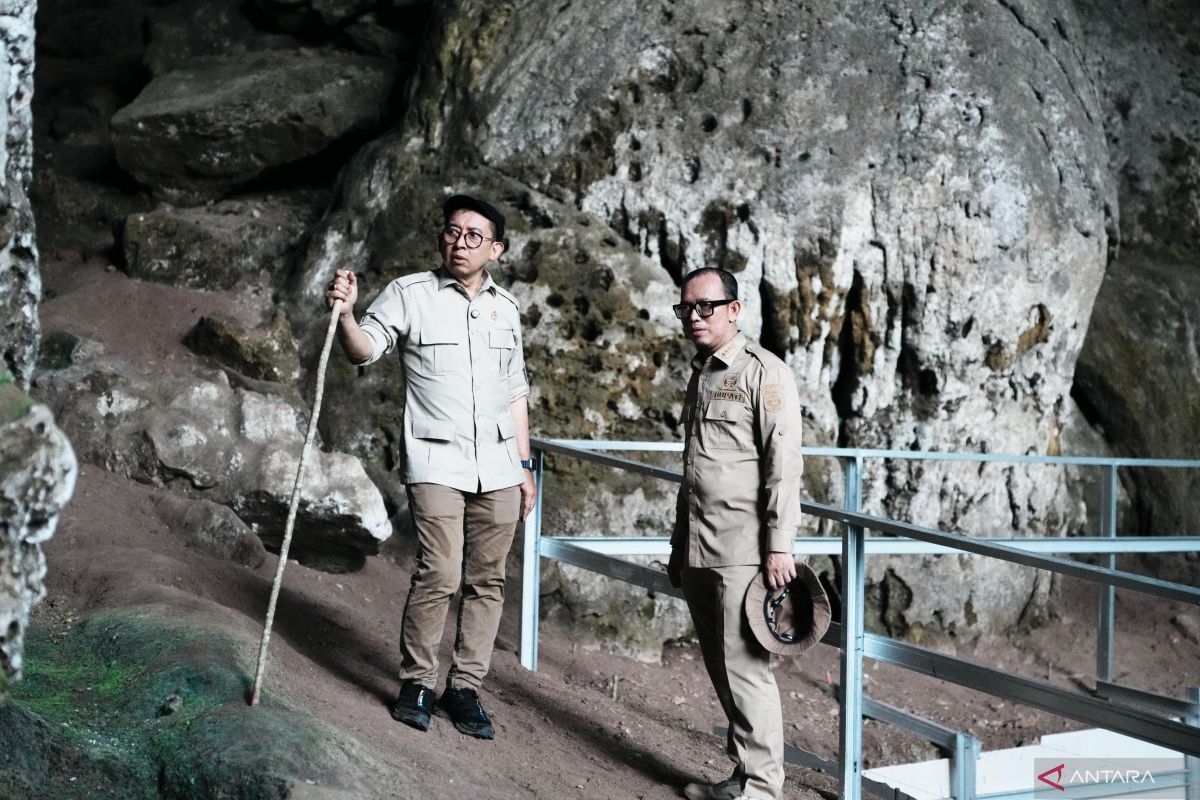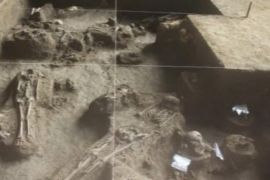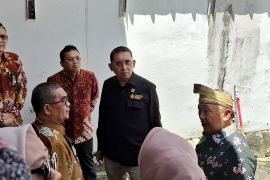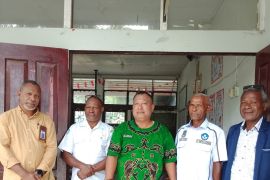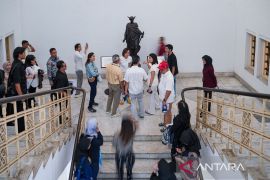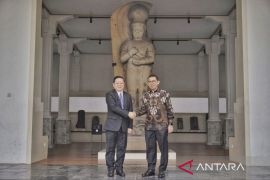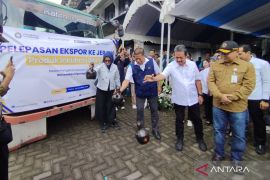He encouraged researchers and archaeologists to utilize advanced technologies to explore and better understand the site’s historical significance.
“Perhaps we can organize expeditions, excavations, and further research to gather more comprehensive data. For Harimau Cave, we also need to conduct radiocarbon dating on the cave paintings to accurately determine their age,” he stated in a ministry release on Tuesday.
During his visit to Harimau Cave, the minister reaffirmed the government’s commitment to strengthening museums and cultural sites as vital showcases of Indonesia’s heritage.
He described Harimau Cave as an invaluable archaeological site, with artifacts that reflect the historical journey of civilization in Ogan Komering Ulu.
“To date, 82 human bone fossils have been discovered, mostly near the surface. The site also features cave paintings, known as rock art,” he explained.
According to him, these findings stem from earlier research conducted by the National Archaeological Research Center, now part of the National Research and Innovation Agency (BRIN).
“Evidence suggests that the cave’s inhabitants predate the Austro-Melanesian communities. Some of the oldest documented metal artifacts—such as bronze funnel axes, iron tools, and stones—were found here,” he noted.
Minister Zon also highlighted the need to build a sustainable ecosystem linking museums and prehistoric sites to foster cultural development within local communities.
“Old museums must be revitalized. We can host contemporary exhibitions and other cultural activities in these spaces,” he said.
Related news: Indonesia to reclaim 28,000 prehistoric fossils from Netherlands
Related news: Cultural repatriation vital for Indonesia-Netherlands relations: Zon
Translator: Sinta, Kenzu
Editor: Aditya Eko Sigit Wicaksono
Copyright © ANTARA 2025
